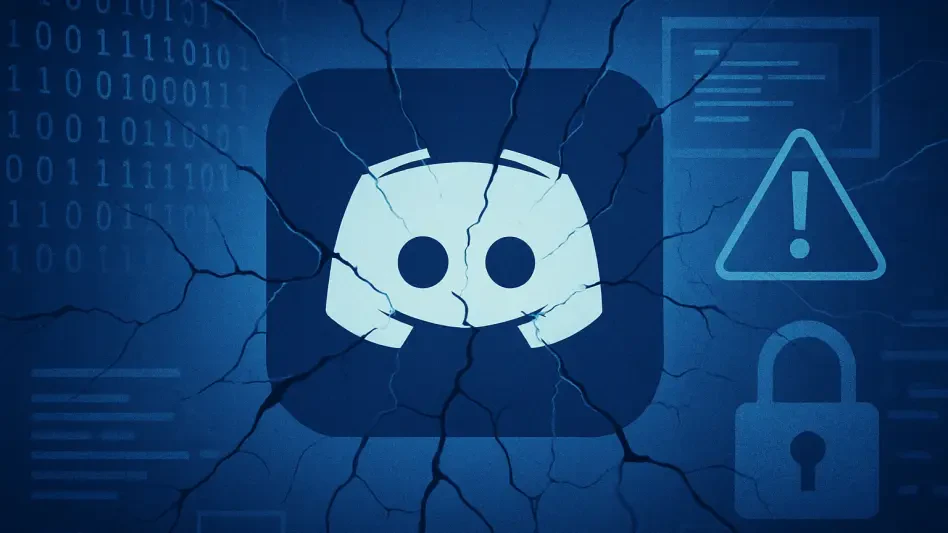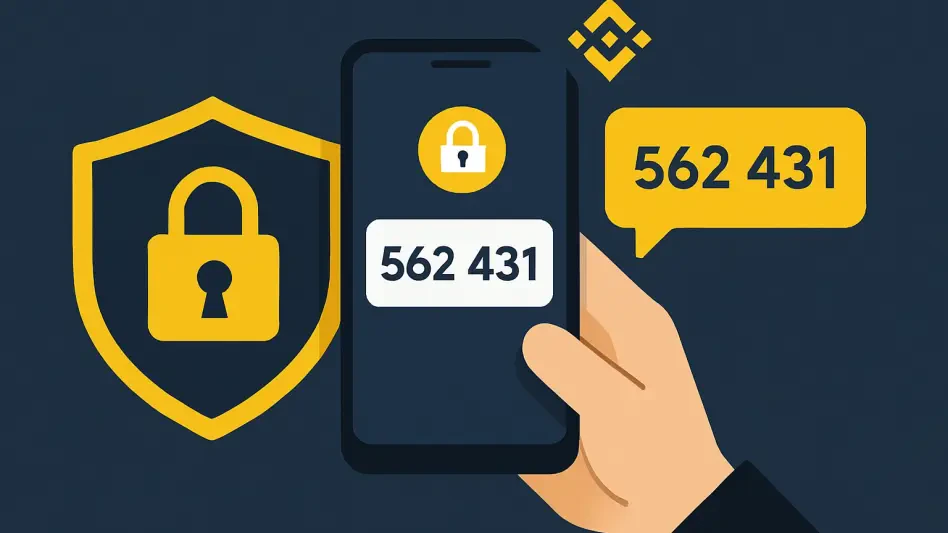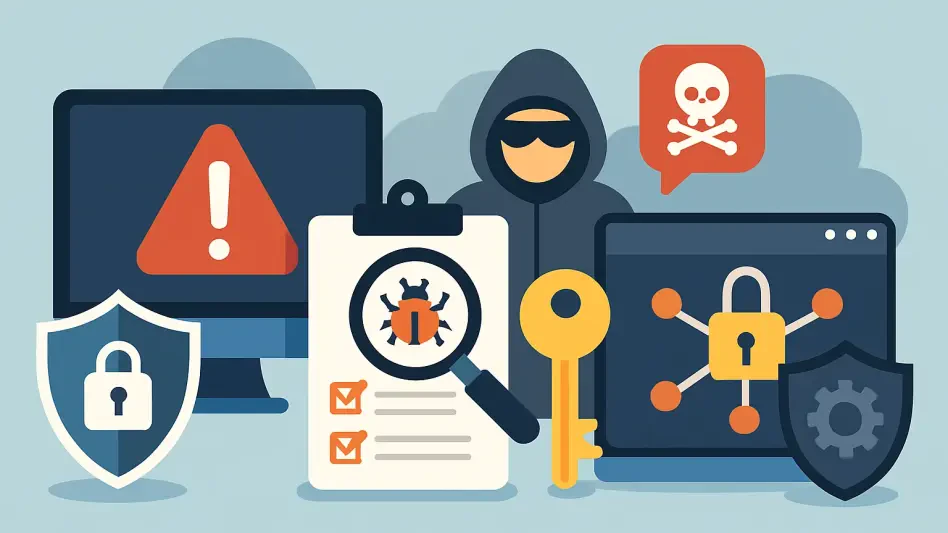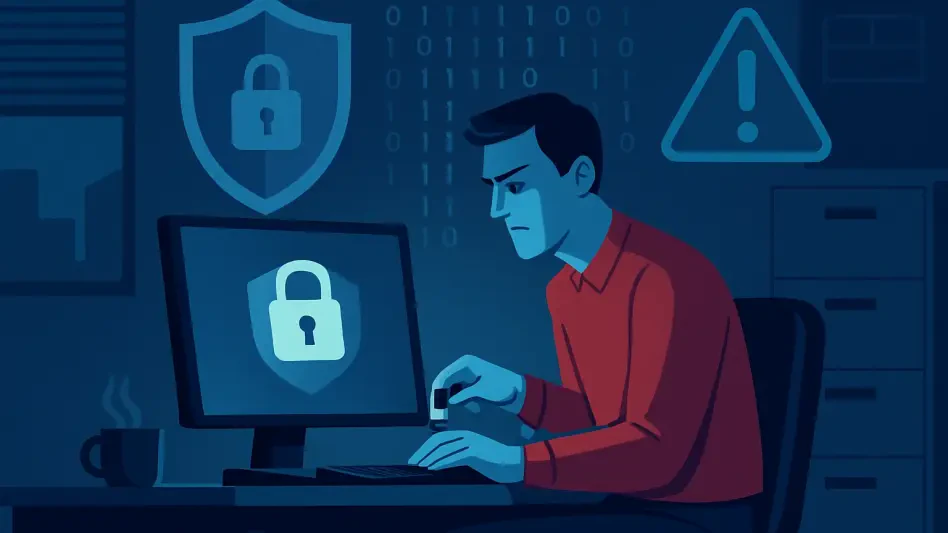Singapore’s public sector is an integral part of the nation’s infrastructure, and safeguarding it against cyber threats is of utmost importance. With an increasingly digital world, the vulnerability of government systems to cyber attacks has never been higher, making cybersecurity a critical focus. Leading authorities in the sector have identified that human error plays a pivotal role in data breaches, making human-centric cybersecurity a necessary approach to ensuring resilience.
Understanding the Human Element in Cybersecurity
The Role of Human Error
Human error is a significant component in the majority of data breaches. Research indicates that nearly 67% of Chief Information Security Officers (CISOs) in Singapore consider it their biggest vulnerability. Moreover, human involvement is a factor in almost three-quarters of all data breaches, with many resulting from insider negligence or deliberate misuse. This underscores the critical need for a cybersecurity framework that puts human behavior at its core.
In many cases, cyber incidents can be traced back to seemingly minor mistakes, such as clicking on a malicious link or mishandling sensitive information. These errors can open the door to severe breaches, compromising critical data and disrupting essential services. Therefore, the focus must be shifted toward training and educating public sector employees, promoting a culture of vigilance and responsibility. By doing so, the majority of threats arising from human error can be mitigated effectively.
Identifying At-risk Users
A human-centric approach to cybersecurity involves pinpointing and managing the users who are most at risk. These users often have high vulnerability due to frequent targeting or possess elevated access privileges. By tailoring protections to these individuals, the risk of cyber threats can be significantly reduced within organizations. Effective identification and protection of at-risk users require a combination of advanced analytics and behavioral insights.
Such an approach enables cybersecurity teams to foresee potential threats and implement targeted measures. This predictive capability allows agencies to not only defend against imminent attacks but also educate at-risk individuals on best practices. Implementing continuous monitoring and evaluation can further enhance the resilience of cybersecurity frameworks. A nuanced understanding of user behavior and access patterns is essential for developing robust, adaptive security policies that can evolve in tandem with emerging threats.
Focus on Email Security
Addressing the Main Attack Vector
Email remains the most common attack vector, with sophisticated phishing and business email compromise (BEC) campaigns on the rise. Singapore’s measures, such as VerifiedID@SG and Sender Policy Framework (SPF), help combat domain impersonation. However, additional protections are necessary, including pre- and post-delivery mechanisms to handle threats swiftly and effectively. These mechanisms are vital in the rapidly evolving landscape of cyber threats, where attackers continuously develop more complex strategies to breach defenses.
Pre-delivery security involves scrutinizing emails for threats before they reach the recipient’s inbox, utilizing tools that analyze message content using machine learning and behavioral AI. Post-delivery measures are equally crucial; they detect and neutralize threats that might slip through initial filters. The combination of these protective strategies ensures a more comprehensive shield against email-based attacks. Continuous updates and refinements to these systems help maintain their efficacy and keep pace with evolving threat landscapes.
The Role of Proofpoint
Proofpoint plays a crucial role in defending against email threats by analyzing messages, links, and attachments before they reach the inbox. Their system uses over 200 behavioral AI signals to detect anomalies, mitigating risks and identifying vulnerable individuals before attacks occur. Through this proactive approach, organizations can significantly reduce their exposure to cyber threats. Proofpoint’s technology provides an essential layer of defense, complementing other security measures.
Additionally, Proofpoint offers simulations to track user responses to similar threats. These simulations mimic real-world phishing attempts, helping to identify users who might be susceptible to such attacks. By conducting regular training exercises and providing immediate feedback, users become more adept at recognizing and avoiding potential threats. This continuous education fosters a culture of security awareness and reduces the likelihood of successful phishing campaigns.
Adapting to Remote Work and Emerging Technologies
Challenges of Hybrid and Remote Work
The shift to hybrid and remote work environments introduces new complexities. Employees accessing sensitive data from various locations and devices heightens the risk of both accidental and malicious data leakage. Mistakes by careless insiders, particularly those taking sensitive files when leaving an organization, pose significant threats. Remote work blurs the boundaries of secure environments, making it more difficult to enforce and monitor security protocols effectively.
To address these challenges, organizations must implement robust security frameworks that adapt to remote work conditions. This includes securing virtual private networks (VPNs), enforcing strong authentication methods, and monitoring employee activities across different devices and networks. Regularly updating security policies to reflect the dynamic nature of remote work can further strengthen defenses. A proactive approach, focusing on predicting and mitigating risks before they materialize, is essential for maintaining security in remote work settings.
Insider Threat Management
Proofpoint’s Insider Threat Management (ITM) solution provides a proactive approach by monitoring user activities and offering deeper audits for high-risk individuals. This helps in detecting and mitigating both accidental and malicious insider threats effectively. By continuously analyzing behavior patterns and identifying anomalies, ITM can highlight potential threats before they escalate. The solution offers a comprehensive overview of user activities, allowing for timely intervention and response.
In addition to monitoring, ITM provides insights into user behavior that can help shape security policies. Understanding the motivations and actions of insiders can lead to more effective training and awareness programs. It also facilitates the development of targeted security measures that address specific vulnerabilities. By integrating ITM into a broader cybersecurity framework, organizations can build a more resilient defense system against insider threats, whether they stem from negligence, malicious intent, or external compromise.
Generative AI and Cybersecurity
Opportunities and Risks of GenAI
Generative AI (GenAI) has the potential to transform government services but also introduces new vulnerabilities. Traditional Data Loss Prevention (DLP) solutions and web filtering tools often block all GenAI applications. A more nuanced approach is needed, one that understands the user’s purpose and method of using AI while ensuring it aligns with organizational security policies. This requires a deep understanding of both the advantages and risks associated with GenAI technologies.
For instance, GenAI can streamline processes, enhance decision-making, and provide innovative solutions to complex problems. However, its misuse can lead to data breaches, intellectual property theft, and other security issues. Balancing these factors involves developing tailored security protocols that allow beneficial uses while mitigating risks. Continuous monitoring and adaptive security measures can help manage the complexities of integrating GenAI into public sector operations.
Implementing a Balanced Approach
Singapore’s public sector is crucial to the nation’s functioning, serving as a cornerstone of its infrastructure. Protecting this sector against cyber threats is of paramount importance, given the ever-increasing reliance on digital technologies. In today’s highly connected world, the susceptibility of government systems to cyber attacks has never been greater. Consequently, cybersecurity has become a top priority. Experts in the field have highlighted that human error significantly contributes to data breaches. Therefore, adopting a human-centric approach to cybersecurity is essential to building and maintaining robust defenses. This approach recognizes that while technology remains critical, educating and training employees to recognize and respond to threats are just as important. By focusing on the human aspect, Singapore can enhance the resilience of its public sector, ensuring that it remains secure against the ever-evolving landscape of cyber threats.








